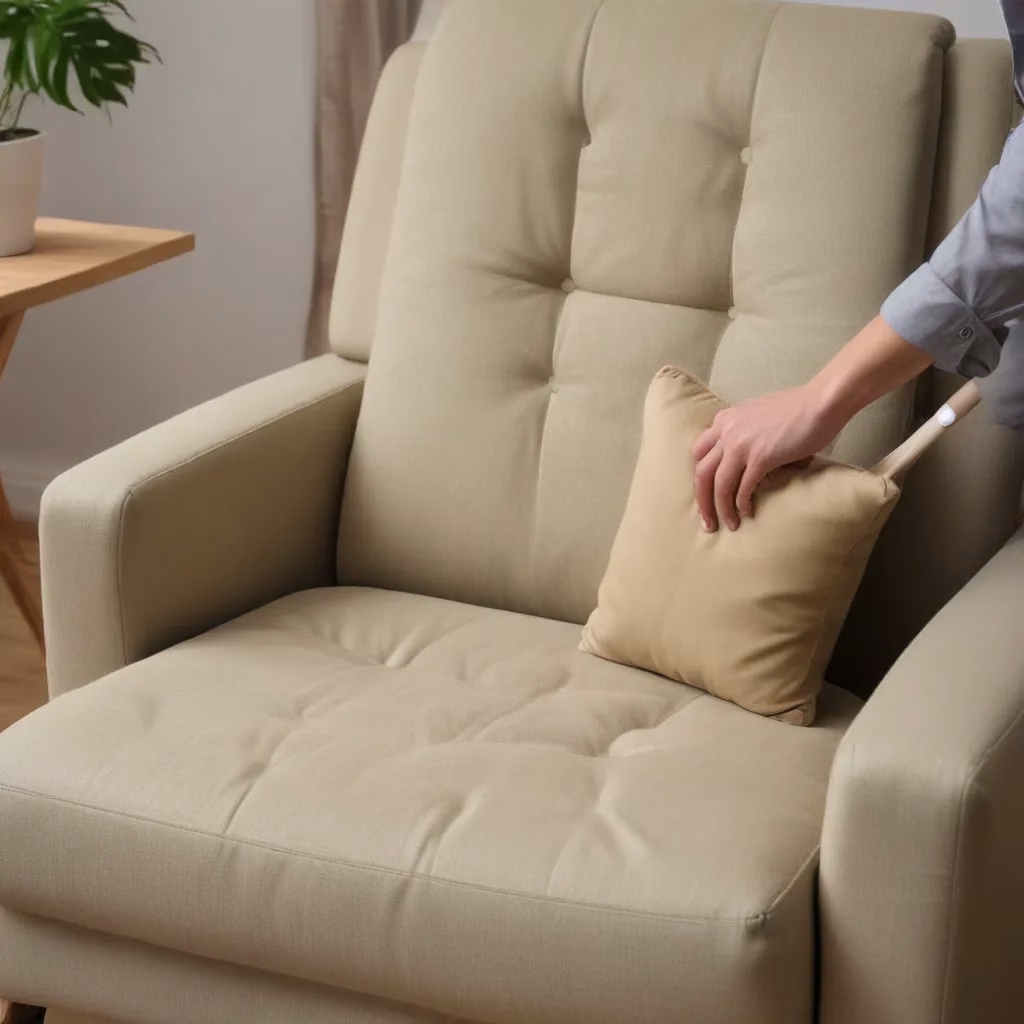Ditching the Disposables: My Journey to a Plastic-Free Kitchen
Join me on my modern homesteading journey as I share how I went from being a totally incompetent cook and hyper-consumer to striving to live a more meaningful, eco-friendly life from scratch. It hasn’t been an overnight transformation, but with small, intentional swaps, I’ve been able to make a big impact on reducing my environmental footprint – and you can too!
I once fell into the trap of buying more things just to be more sustainable. It’s counterintuitive, I know. As a recovering hyper-consumer, I’ve learned to take small steps and make purchases more mindfully and sustainably.
The kitchen is where I started my journey towards a more eco-friendly lifestyle. It’s the heart of the home, and a great place to begin making a difference. Sure, large-scale changes like solar panels, green building materials, and geothermal heating are important, but they’re simply not attainable or even desirable for most people.
I believe that if we each make little positive changes, like opting for reusable produce bags instead of plastic ones, we can help slow climate change and even save money on our energy bills in the long run. So, let’s dive into the sustainable swaps I’ve made in my kitchen – they might just inspire you to start your own eco-journey!
Ditching the Disposables
One of the first steps I took in my kitchen was to ditch paper towels for reusable cloths. We all know this is a thing, but many people just don’t do it. I found some great reusable cloths that snap together and fit right on my regular paper towel holder.
But it’s not just for wiping down counters – these cloths have been a game-changer with my toddler too. Yes, even when it comes to cleaning up messes, we go paper-towel-free. When buying new, I opt for natural materials like organic cotton instead of microfiber, as microfiber cloths can leach microplastics into the water supply when washed.
And speaking of paper products, I’ve also made the switch to more responsible paper towel brands, like Who Gives a Crap, for those rare moments when I need a disposable option (think: baby poop and scary bugs).
Saying Goodbye to Single-Use Plastics
Over the past several years, I’ve moved towards a plastic-free kitchen. I don’t think plastic is the devil, I just don’t like heating it up because that’s when it’s most likely to leach chemicals.
I still have a few plastic cooking utensils, but I’m slowly replacing them with more sustainable options as they wear out. And when it comes to food storage, we love our glass containers – they’re even easier to clean than plastic! Being plastic-free, we obviously don’t use plastic bags either, except for long-term storage. Instead, we have several reusable silicone Stasher bags that we use for everything from snacks to freezing food.
Another great swap we’ve made is using beeswax wrap instead of plastic wrap or bags. You can even make your own beeswax wraps or rejuvenate them if they start to lose their stick. And for baking, we use silicone mats and cups instead of disposable aluminum foil.
Cleaning Up Our Act
Most of us know by now that conventional household cleaners are bad for us, but we choose to use them anyway. At the very least, I urge you to purchase your cleaning products from more sustainable brands.
But I went a step further and started making my own cleaning products. I don’t make everything, but I do make my own counter spray, and it’s super easy. For areas where I don’t DIY yet, like hand and dish soap and laundry detergent, I buy in bulk and pour into my own containers. Dropps is my favorite brand of laundry and dish detergent pods – not only do they work great, but the packaging is much more eco-friendly too.
Sustainable Sourcing and Saving Energy
Of course, buying food in bulk is another wonderful way to save on packaging and transportation emissions. And when it comes to cooking, using the dishwasher can actually use less water than hand washing. According to the National Resources Defense Council, you can use up to 27 gallons of water per load by hand, versus as little as 3 gallons with an ENERGY STAR-rated dishwasher.
For gas stoves, make sure the flame isn’t bigger than the pot – this not only wastes energy, but it’s actually not great for cooking either.
Embracing the Eco-Mindset
These sustainable swaps may seem small, but they can lead to big changes. It’s become a hot topic to talk about zero-waste living, but it’s more than just a trend. It’s about making simple changes that lead to a more eco-friendly lifestyle.
Remember, reducing, reusing, and then recycling should be your mantra. Don’t just go out and buy a bunch of new sustainable products – first, use up what you have, and then replace it with a more eco-friendly option.
And when you do make purchases, consider the brands you’re supporting. Look for those that are certified B Corp, indicating they meet high standards of social and environmental performance. Choose brands that offer fair trade and eco-friendly kitchen products, which ensure fair wages for workers and less harm to the environment.
A Homestead Journey Towards Sustainability
It’s been a gradual process, but I’m proud of the progress I’ve made in my kitchen. And I’m excited to continue my modern homesteading journey with you.
Remember, sustainable living is a marathon, not a sprint. Start with one product, like reusable silicone food savers, and build from there. Each small action contributes to a more eco-friendly lifestyle.
So, what sustainable swap will you make today? I challenge you to take that first step towards a more environmentally conscious kitchen. Together, we can create a brighter, greener future – one small swap at a time.




